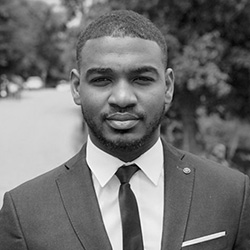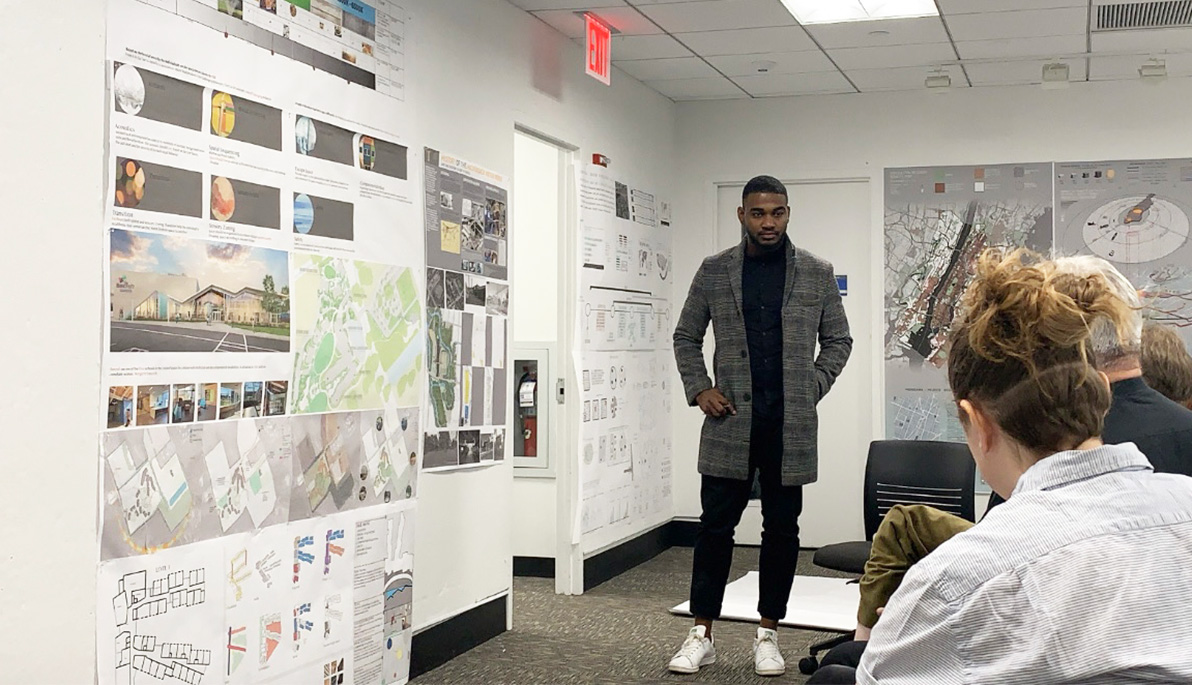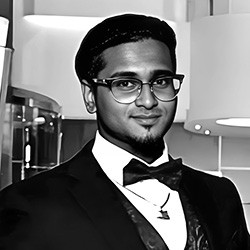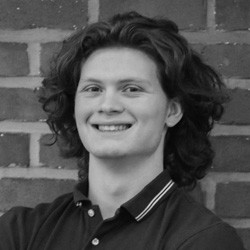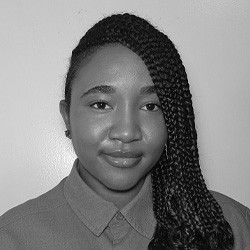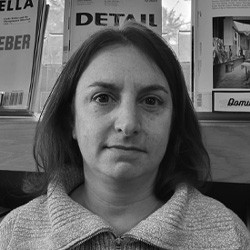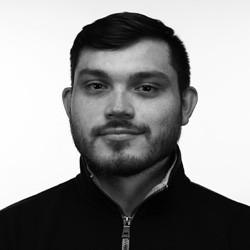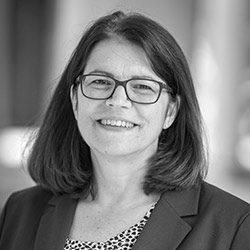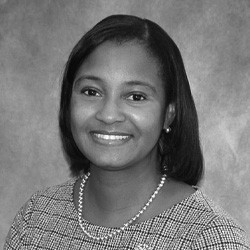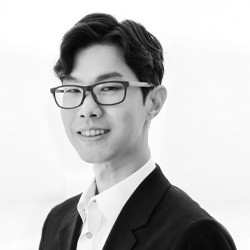Architecture With Purpose
For as long as he can remember, Amant Paul (B. Arch. ’20) always wanted to be an architect. What he will also remember are the New York Tech faculty who shared his enthusiasm and their knowledge. “I had professors that helped bring the best out of me, like David Diamond,” he says. “Other professors guide me and help me realize that the bond you build with a professor evolves beyond the boundary of the class.” He sat down with The Box to talk about his career and passion for designing a more accessible environment.
Why did you choose New York Tech?
As a little boy, I never dreamed of being a professional athlete, a police officer, an actor, a star; ever since I started to understand certain things, I have always wanted to be an architect. I have always cared about the well-being of others. I was always attracted by the built environment, as it has often defined each society’s social and economic aspects. I chose New York Tech because it is very suitable. New York Tech has a large body of alumni, and the rate of registered architects was by far the highest.
You mentioned how the people really made the difference during your time at New York Tech.
I can’t tell you how many staff members helped me—everyone wants to see you do well. New York Tech has a great sense when it comes to who they hire, and the students also support each other. You really feel connected to something.
How did New York Tech help you in your career?
New York Tech prepared me to be resourceful, organized, dedicated, and passionate. Understanding the effect of the environment on our behavior helps me create a better environment for people.
Although I majored in architecture, I have spent the last seven and a half years working with the autistic population. One might ask, ‘What is the relationship between architecture and autism?’ My goal is to raise awareness about how people on the spectrum would have a better life if the environment was designed for their needs. We experience life through our senses. However, an individual with autism may be hyper or hyposensitive. I believe in the power of design. We act differently in church than we act on the street. Designing a suitable place for the individual on the spectrum can have a big impact on the way they behave.
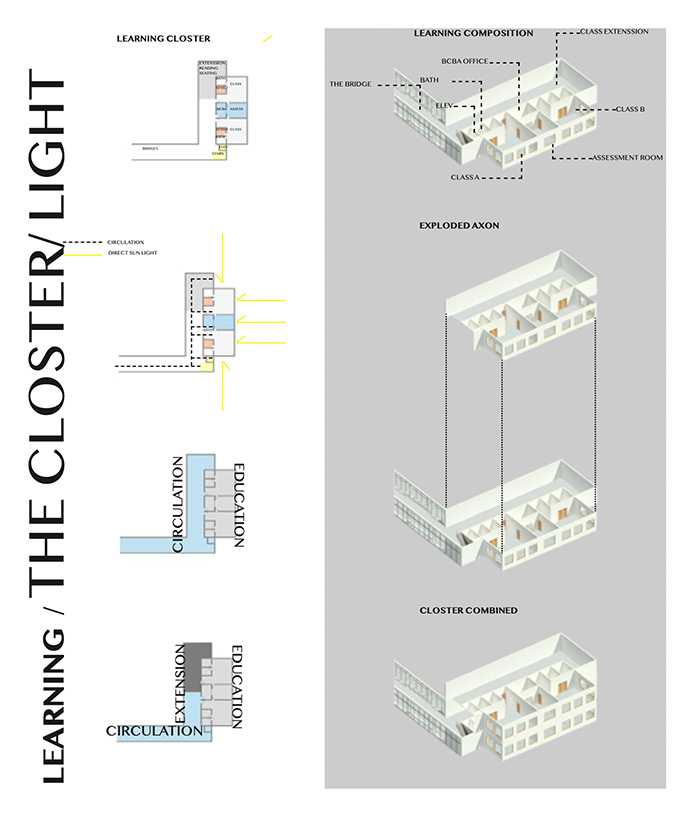
For his thesis, Amant Paul worked with the clinical director at New Horizons in Autism, Inc., to design a classroom that meets the needs of students on the autism spectrum.
Can you tell us about the work you are doing with people on the autism spectrum?
I work with New Horizons in Autism, Inc. This is one of the leading agencies in New Jersey that focuses on what precedes a challenging behavior. The organization provides 24/7 assistance to the population. During my thesis, I had the chance to collaborate with Michael Hitchcock, clinical director at New Horizons in Autism. Together, we developed what a typical classroom for someone on the spectrum should look like. The classroom is a twin class with an observation and assessment office in between. In my design, I tried to address elopement. Elopement can be defined as any instance where a staff member loses the “line of sites” of an individual. The strategy in my design breaks down the programs into smaller spaces. The development of space to space is carefully planned to facilitate an easy transition. I have stayed away from long hallways as sometimes this may be an invitation to run away. I also introduced checkpoints, as each end of the program is a civic or office space.
Tell us about your summer class abroad in Spain working on the redesign of a former industrial area.
Spain is what I would call an old soul. The concept of preservation became clear to me there. To see a city like Bilbao destroyed and reclaimed through architecture is sensational. We worked on redesigning an industrial area. It was important for the city to keep a symbol of their past. This experience was about understanding that the past does not define a person, or building, or place, but the history of that past may be preserved while serving the present for future generations.
